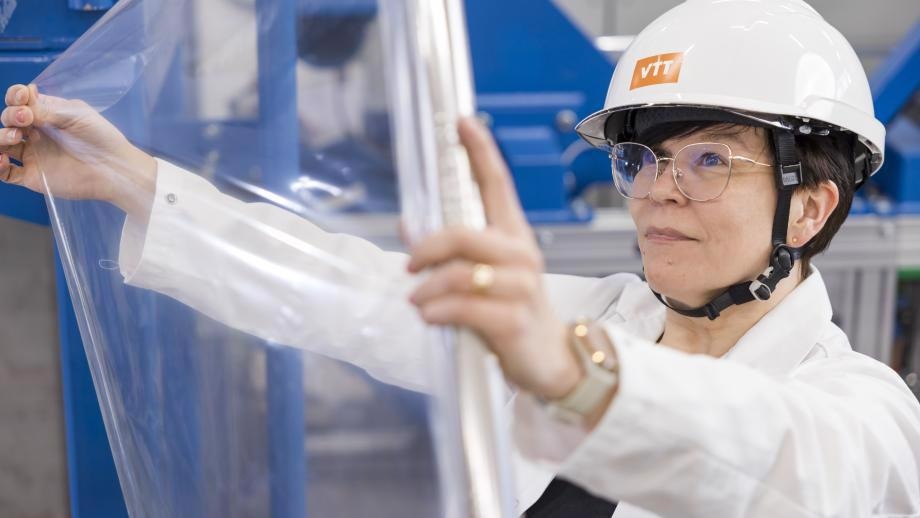Food packages are designed to safeguard food and reduce waste. Even though thin plastic films are easy to recycle, they frequently fall into the wrong places after use.

Image Credit: VTT Technical Research Centre of Finland.
VTT has devised a method to address the issue of plastic packaging. Plastic film can be replaced with cellulose that has been regenerated or recrystallized.
We can produce transparent and flexible cellulose film. The consumer cannot distinguish between the crystal-clear material and traditional oil-based plastic. Cellulose film can resist dampness, but in nature it disappears as completely as a sheet of paper does. The product is biobased and biodegradable.
Ali Harlin, Research Professor, VTT Technical Research Centre of Finland
Plastics are essential because consumers prefer packages that let them see the product itself, in addition to their protective properties. Numerous packages, however, are sources of problems once they have been used.
If a package contains both paper and plastic, the consumer might very well wonder whether it can be recycled with cardboard or whether the plastic must first be torn off. Fibre and plastic layers alternate in some of the materials. Several packages are thrown in with other trash by people who cannot come up with a better way to dispose of them. It is possible to eliminate plastic from a cardboard recycling bin, but the plastic is generally incinerated.
The cellulose film developed by VTT can replace plastic as a more climate-friendly solution. It also makes recycling easy, as it can be placed in cardboard recycling along with other packages.
Atte Virtanen, Vice President, Biomaterial Processing and Products, VTT Technical Research Centre of Finland
Finland is still far from meeting the EU’s goals for reducing the environmental damage caused by plastics. Currently, only about 20% of plastics are collected, and even less is recycled. By 2025, the EU expects 55% of plastics to be recycled.
Plastic Film Market Worth 110 Billion Dollars
Finland is presently more of a packaging material producer than a printing paper country.
For the first time, the value of cardboard sales surpassed that of paper last year. The forest industry is on the lookout for new products with a large market and added value. One such product is cellulose film, which is both flexible and transparent. Last year, the global market for plastic films was worth around 110 billion dollars.
VTT’s expertise has been applied to cellulose film as a substitute for plastic.
VTT has researched cellulose films for more than ten years, and for more than six years on regenerated cellulose in transparent films.
Atte Virtanen, Vice President, Biomaterial Processing and Products, VTT Technical Research Centre of Finland
Packaging material production is currently in the pilot stage, but in 5–7 years, it could be widely used in the industry.
VTT CelluloseFilms
Video Credit: VTT Technical Research Centre of Finland.